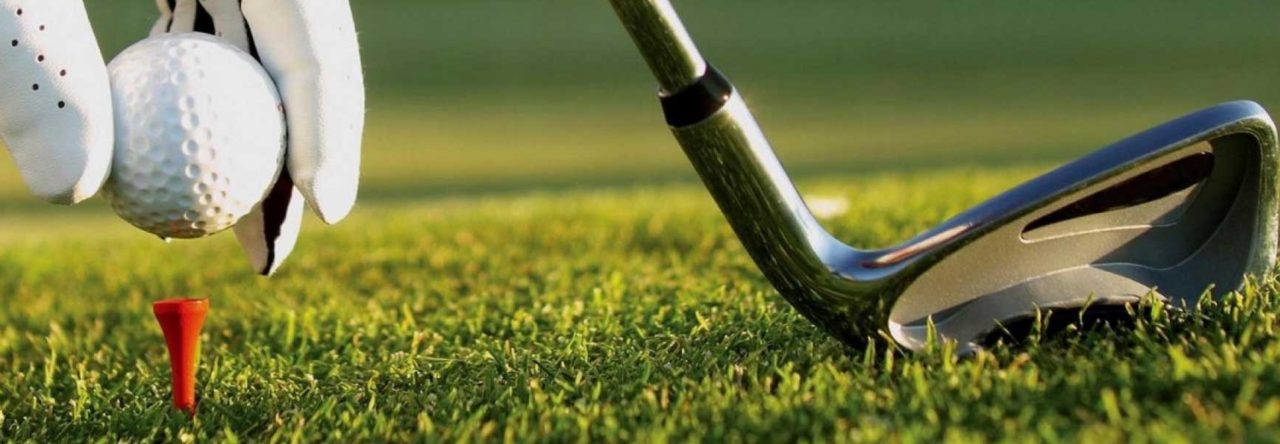I can still remember my eight-year-old self one early morning. At this point in my life golf was everything, and to be honest, all I really wanted was to ditch the 5 iron and the 9 iron from my Tiger Woods Golf Starter set and get my own, full set of clubs. This dream came true one morning when my dad presented me with a full set of Progression irons that one of his friends had given him. Already filled with groves and pits this set of thin, light, extensively used irons was in a less than pristine condition but I couldn’t care less. I was a real golfer now, or at least that’s how I saw it. Those irons saw everything throughout the next few years of my golf career. Every round, every tournament, every day spent practicing in my backyard, those irons would be with me. And while I eventually exchanged them for a more modern set of irons I will always think of those clubs as my first real set and I guess that is something special for every golfer.
Now that’s not to say that all of my memories with these irons were good ones. In fact, it was really a love-hate relationship with irons shots in general as a kid because honestly, I wasn’t very good with them. I was solid one the green, excellent within 50 yards, and straight and long off the tee, but I could never consistently count on my irons to do what I needed them to do and that bothered me. It bothered me so much that I would go out of my way to not use them. Eventually, this led me to play with almost as many woods as irons (I had a 7 wood and even a 9 wood for a little while) but shy away from irons only made the problem worse. It wasn’t until I entered high school that my ball striking and strength finally convinced me to give irons another chance. And thank God I did… Looking back at high school and the competitive rounds of golf I play now I couldn’t imagine my game without consistent, straight irons because they are absolutely necessary to hit greens in regulation and in turn, score well.
So let’s talk about irons…
Read More



